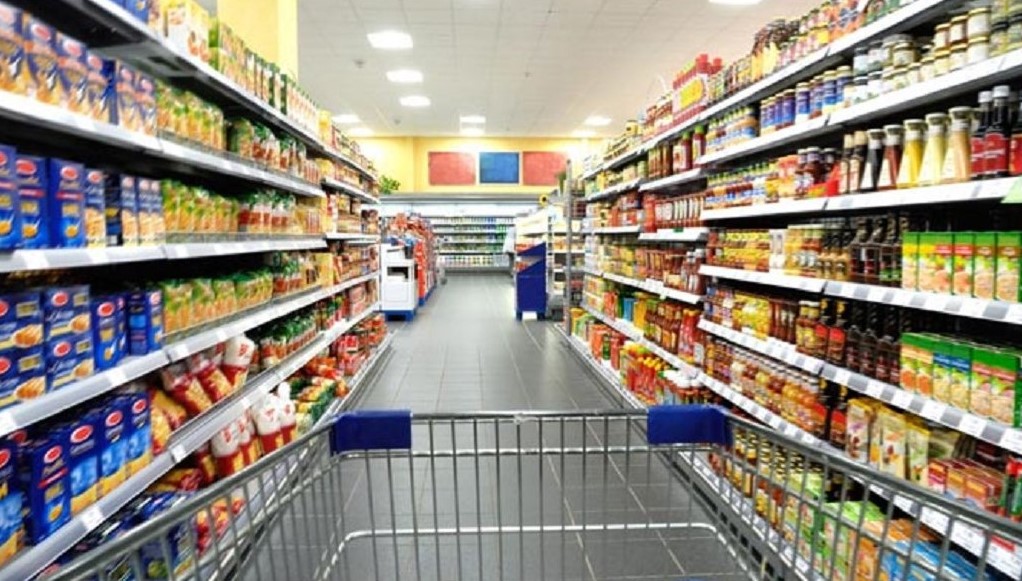The accumulated value so far this year is 2.57%
The National Institute of Statistics (INE) published the report of estimates of the Consumer Price Index (CPI) corresponding to February 2023, the month in which a value of 102.02 was registered, with a monthly variation of 1% and a accumulated annual variation of 2.57%.
In the last 12 months, the accumulated variation fell from 8.05%, a value registered in January of this year, to 7.55%.
Last month the monthly variation had been 1.55%.
Comparing the data for this month with the same period in 2022, it can be seen that in February of last year the 12-month variation closed at 8.84%, while the monthly variation had been 1.47%, both values above the current ones. In January 2022, the CPI was 94.86.
“The main incidents of the month, expressed in percentage points over the variation of the index, come mainly from the following divisions: food and non-alcoholic beverages (0.48), housing (0.18), furniture, household goods and other articles of the household (0.06), Health (0.06), Education (0.05) and, Insurance and financial services (0.04)”, reported the agency.
Regarding food and non-alcoholic beverages, the agency indicates that price inflation in this sector was 1.84%, while in housing, 1.37%; furniture, household goods and other regular household items 1.15%; health, 1.54%; education services, 1.48% and in insurance and financial services, 0.74%.
Underlying inflation
The INE also prepared a report presenting the estimates of the Consumer Price Index (CPI) excluding fresh fruits and vegetables, and fuels (CPI-CE), for the period January 2023.
This “CPI with exclusions” was 101.53 in February and registered a monthly variation of 0.48%.
In January 2023 it had been 101.53, with a variation of 1.56%.
“The Consumer Price Index that excludes fresh fruits and vegetables, and fuels (IPC-CE), aims to approximate the concept of trend inflation, and therefore be a better approximation of long-term inflation. In this way, and following the practices of other statistical offices, the INE will report this measure from now on, which will be published together with the CPI,” the agency explains in its monthly report.
“This indicator is intended to be complementary to the traditional one and not a substitute, since it is less susceptible to events that can generate large fluctuations, generally reversible, in the prices of some items. Such is the case of climatic events that affect the prices of fruits and vegetables, or events that drastically modify the price of oil. In turn, it has the characteristic of being calculated quickly and transparently”, they add.


















